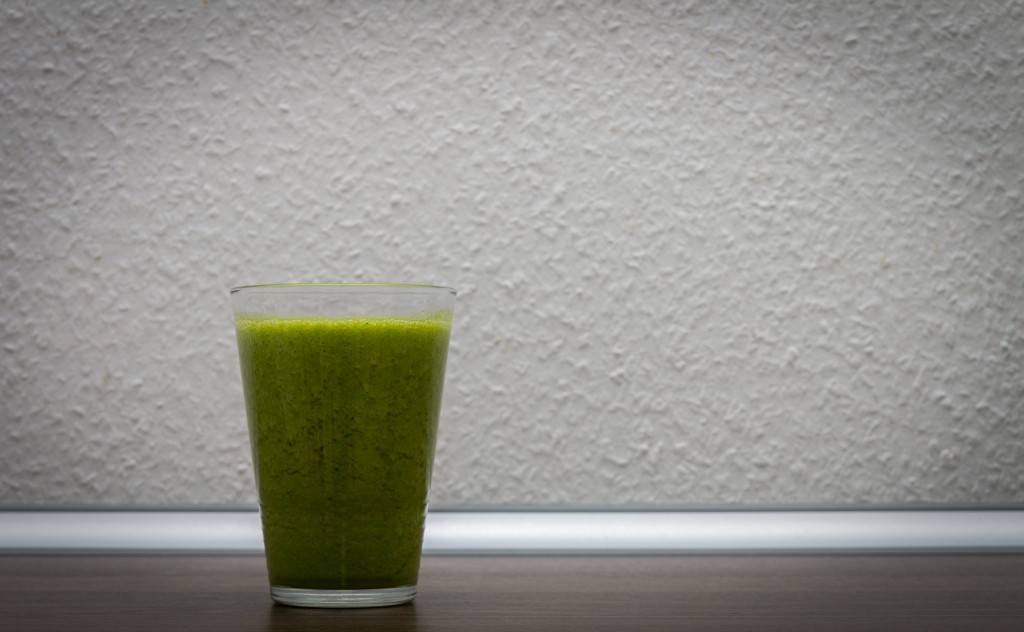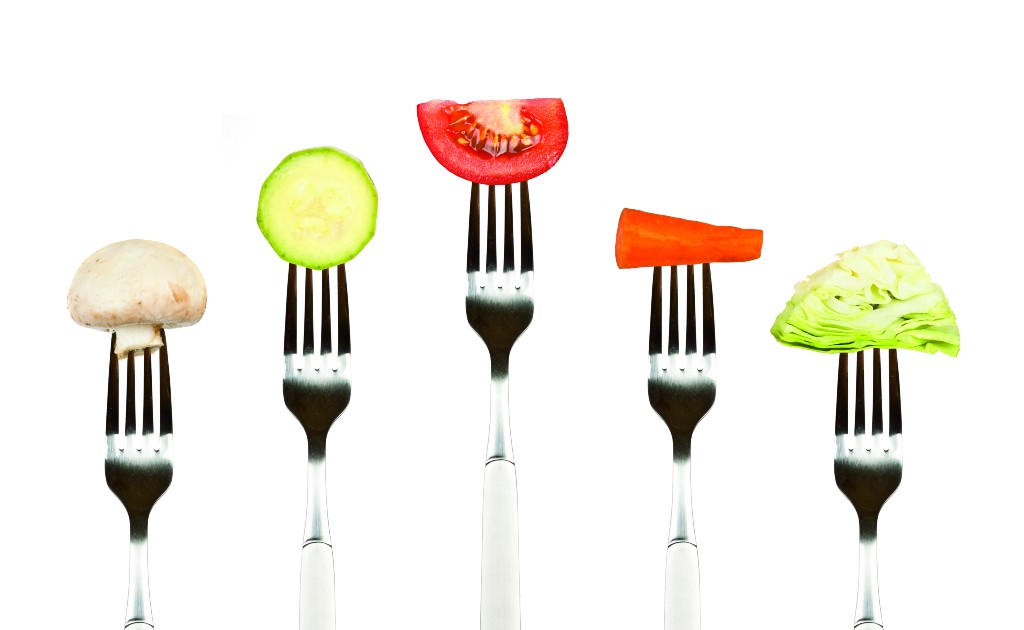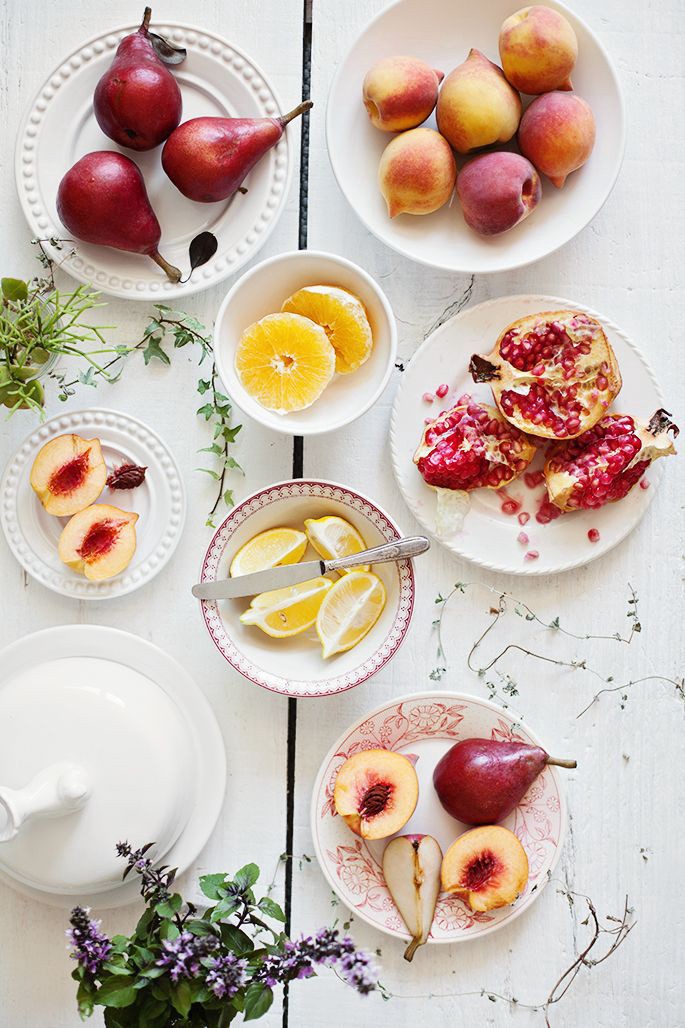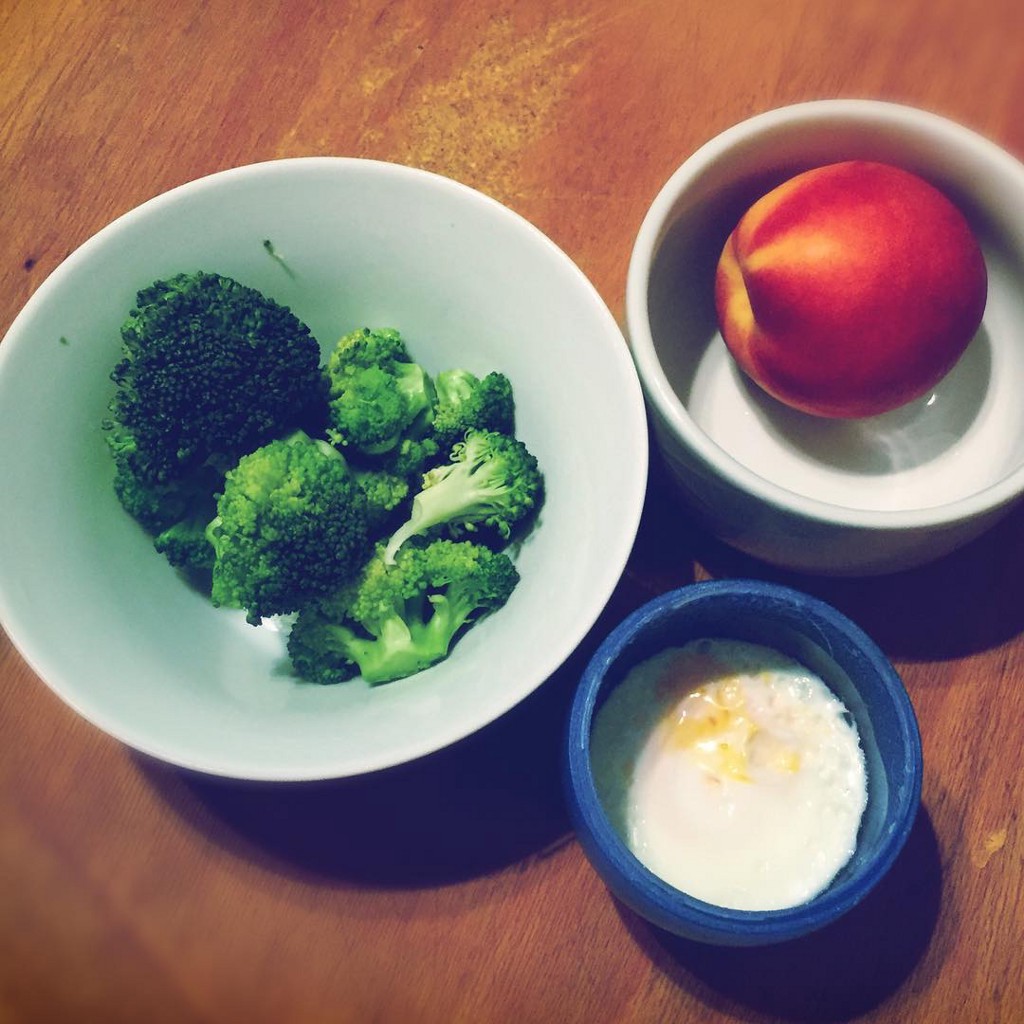An Unhealthy Obsession
My year of following healthy-living blogs

Every morning of 2012, I woke up in a large two-bedroom house in Charlotte, North Carolina, opened up my fridge, and pulled out a jar. I had memorized the ratios I measured out each night: one part oats to two parts milk, a teaspoon of maple syrup, a few shakes of cinnamon, a tablespoon of some expensive and high-fiber seed like chia or flax. I’d stir it and top it with nut butter, then let it all soften overnight. In the morning I’d put it in my work bag, next to a Tupperware full of salad, make some coffee, and drive to the yoga studio. On a good day, I had already meditated.
I was living in a place I didn’t realize I hated, and working in a lame corporate consulting job that I knew I did. I didn’t have many close friends; in April, I had ended a relationship and became even more reclusive. But I read a lot of healthy-living blogs, following a cadre of women and their every balanced meal, their every long-distance run. I felt closer to them than I did to most people in my life.
The healthy living blog — HLB, for short — was born in late 2007. Michael Pollan was promoting a natural, whole-foods diet; Blogspot and WordPress were booming; so, too, was Lululemon and its billion-dollar cocktail of inspiration and aspiration. In 2010, I graduated from college and started cooking for myself. I found recipes on the internet because I’d developed an interest in not feeling fat anymore. I had just started running, and felt the thrill of progress. Healthy living blogs found me in my hour of aspirational need.
In this passionate corner of the internet, women posted photos of their healthy breakfasts, their vegetable-heavy dinners, their beaming faces after a yoga class, their green smoothies at all hours of the day. They encouraged readers to follow similar paths and adopt similar routines. Even posts about bad days were bookended by optimism. I followed their goings on the way you might follow your ex’s new fling: with a blind passion for the tiniest crumbs of information. I ran races because they made it look fun! Their ultra-healthy lives became my model for normalcy.
This was before Instagram became my primary method for closely following a stranger’s life. The fraction of these lives I was given access to served as both entertainment (perfect for my ADD and boring job) and handbook (perfect for my ennui and lurking self-hatred). The feeling of knowing them created a one-sided intimacy: they were, very simply, a big part of my life, while I was an extremely negligible part of theirs. I barely even commented.

There was The Front Burner and Healthy Tipping Point and Peanut Butter Runner; all three of them also lived in Charlotte at the time. I wanted very badly to be friends with them. They were all pretty, fit, well-dressed white women who smiled a lot and took care of themselves, which I saw as my future if I played my cards right. It was like those American Girl dolls that you could pick out to look like you, but for grownups, and with more agita.
I read Peanut Butter Fingers for a while; I remember her loving smoothies and being very fit, of which I was envious. There was Eat, Live, Run, a mostly recipe-focused blog that, like many of its peers, borrowed the naming structure of Elizabeth Gilbert’s inspirational bestseller Eat, Pray, Love. See also: “Eat, Drink and Be Aware”; “Eat, Run, Read”; “Eat, Spin, Run, Repeat.” (A healthy living blog name should be two things: succinct and endearing.) And then there was Kath.
Kath Eats Real Food (KERF) was one of the first HLBs to gain traction, and is still the genre’s most recognized name. Kath started blogging in 2007, after losing thirty pounds through diet and exercise. (At the time, she still lived in Charlotte, hence the lineage there.) “I first started blogging as a way to show family and friends that healthy eating could be delicious and fun,” Kath told me via email; she had searched for blogs on the topic, come up dry, and decided to start her own. She documented her own weight loss and maintenance, her salads and slices of cake, her 5Ks and hikes. KERF was all about balance and moderation: sure, you should work out and eat lots of vegetables, but also it’s okay to have that small slice of pie at Thanksgiving! It’s theoretically an excellent model for health for people who can actually practice moderation.

Kath was also a pioneer of the overnight-oatmeal craze that struck both bloggers and readers with fervor — it was the most common meal you were likely to see a blogger enthuse about. Click on the oatmeal tab on Kath’s top nav and you’ll find, “A tribute to the world’s greatest breakfast!” There’s a base recipe followed by over 150 different variations. (I’d be shocked if she hasn’t been approached to pen a cookbook on the subject). I read about other bloggers I read coming to meet her and eat her famous oats. Two people I thought I knew but didn’t, sharing a meal that I ate alone every day.

In the beginning, HLBs were mostly just food diaries. Bloggers posted up to three times a day — breakfast, lunch, dinner — and peppered in a few tidbits about their personal lives or their workouts. A community grew quickly. “The more we gave them regarding our personal lives, the more interested [readers] got,” said Tina Haupert of Carrots ‘n Cake, who started blogging in early 2008. She’s since written two health-driven cookbooks and become a certified CrossFit trainer. Her most successful posts were those celebrating large life events: a marriage, a race, a pregnancy, a baby. Her Boston Marathon Race Recap clocked in 100,000 views in just two days; most of her posts get 30,000 totalrec. Haupert was a reader first and a blogger second, she told me, having discovered KERF through a SELF magazine blog post in late 2007: “I was so interested in Kath’s life,” she said. So was I; whether her life was actually interesting or I just got to see so much of it, I can’t remember.
In the early years, money came from display ads. Later on, thanks to a shift in how and where we read things, bloggers and brands had to find new revenue streams. Today, sponsored posts are one of the largest money makers for bloggers. They might promote nut butter or yogurt or a clothing company, whatever brand that’s ready to pay and that they can get behind. It’s a far more scalable model, according to Elisa Camahort Page, founder of the BlogHer blog network, than traditional ad revenue.

There are also ambassadorships (paid setups where bloggers serve as brand evangelists for companies like Lululemon, Brooks Running, and Premier Protein), book deals, ebooks, and affiliate programs (where linking to products can lead to a commission). Today, a blogger’s greatest asset is not the size of her audience, but its engagement (likes and clicks and purchases from ad partners), an essential metric. It comes from creating community and fostering relationships with your readers, while performing an identity that people want to follow and emulate.
Those reader-blogger relationships are risky for both parties. Intimacy on the internet can mutate into entitlement; Kath told me that if she was late on a post, readers would start to get worried. Jennifer DeCurtins, a blogger at Peanut Butter Runner, told me that “people have literally left comments saying ‘we deserve an explanation,’” about parts of her personal life that she didn’t blog about in detail. Creating boundaries is tricky business when you’re attracting readers by sharing your life. “They know you but they don’t know you,” DeCurtins said. “They get your general personality but they don’t know your family history, they don’t know your biggest internal struggles and fears…the stuff you might only talk to your best friends and your therapist about.” DeCurtins has experimented with different levels of transparency over the years (at first only talking about workouts and food, then getting more personal), landing somewhere in the middle. “The thing that brings people back to your site day in and day out is that personal connection, so you are forced to put your personal life on the internet.”

As I wavered in my own life — trying to decide where to go, when to quit my job — the constant updates from these almost-strangers was a soothing, encouraging distraction. I rode their highs and felt solidarity or light smugness during their lows. I compared everything I ate to everything they ate. I was jealous of their relationships, romantic and otherwise. I was jealous of the way they looked after a thirteen-mile run, slim and triumphant. Not everyone who reads healthy-living blogs is recovering from an eating disorder, but I was. I should have plastered a trigger warning on my laptop.

It’s easy to look at a bunch of women posting their every meal and every run and call it unhealthy. In 2010 an article in Marie Claire did just that, exposing a “controversy” over many of the big HLBs and whether or not they were that healthy, whether they encouraged restrictive eating. There was, predictably, enormous backlash within the community.
There will never not be a time when women don’t publicize their diets and exercise in a way that perpetuates conventional standards. There will always be a risk that this content encourages restriction or overexercising. And it will always have benefits, too: #fitspo gets a bad rap, but hashtags like #sheddingforthewedding inspire self-confidence and solidarity among brides-to-be during a stressful time. The women I followed seemed healthy, if not slightly out of my reach. These were the women who encouraged me to keep going.
I dabbled in reading other food blogs that focused more on protein powder and calories, run by people who prioritized numerical results in the gym over feeling good in your soul. Many of them were amateur weight lifters or yoga teachers or fitness instructors. There were a lot of poorly lit photos of ways to use protein powder to emulate traditional foods that turned out looking like a Frankenstein monster of macronutrients. I tried protein fluff once, and it was disgusting.

At the end of 2012, I left Charlotte. I took time off to travel, after hoarding my corporate money and throwing away all my pencil skirts. I came back to the states and got an internship at a food website that was anti-calorie counting and pro-butter. When anyone referred to it as a blog, I seethed. I stopped reading HLBs; I transitioned from a static place of wanting to hurtling through my own something. I started a small personal blog. I read it now and think, how mediocre and adorable! And then: maybe all the oatmeal content turned me into a writer?
If you talk to an enthusiastic healthy-living blogger long enough, that idea of passion, of inspiring others, emerges quickly. It’s like listening to a group exercise trainer, or even a life coach. These are people who deal in positivity and encouragement — I can do it, and so can you. We’ve commodified positivity and these women are happily capitalizing on demand.
“I can’t say that if I had it all do over again that I would choose to blog,” DeCurtins told me, sounding hesitant. “I don’t regret doing it and I feel really grateful for it, for the connections and the opportunities.” But. We hung up the phone, and she ran off to teach a yoga class in a world I no longer know anything about.
Marian Bull is a writer and editor living in Brooklyn. She writes a tinyletter about food called Mess Hall.